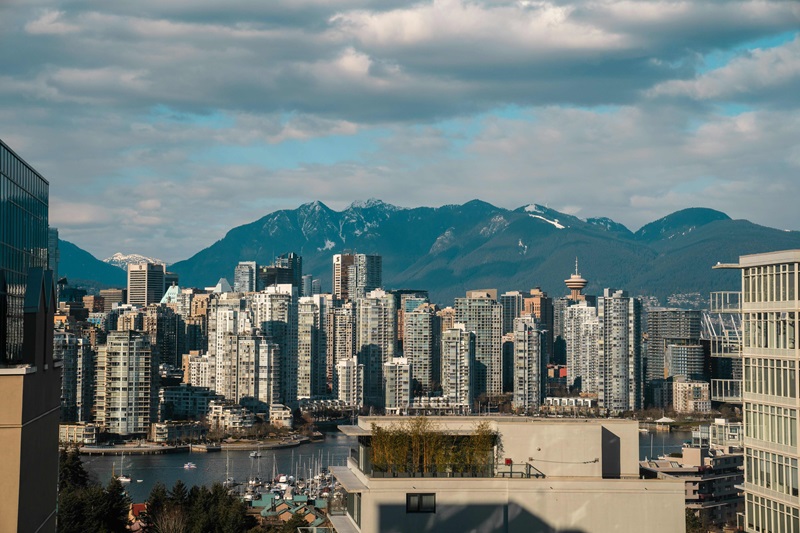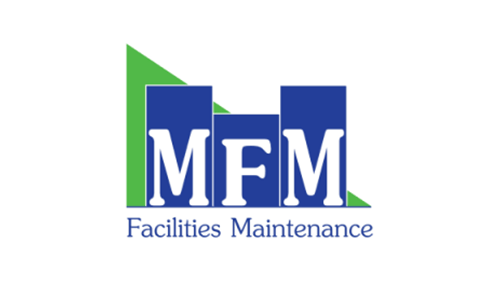Comment: When will the provincial government learn from record deficits?

The 1980s blockbuster film, Back to the Future was all about the consequences of failing to learn from past experiences. That’s a familiar theme in B.C., where the most recent fiscal update shows the province keeps on racking up record deficits and ignoring practical approaches to turning its finances around.
When the NDP took office in 1991, it faced a multitude of challenges, including a sizable deficit. It was a period marked by rising public sector wages, expansive social programs, and ambitious infrastructure plans.
While many of these initiatives aimed to address urgent social needs, they also led to a dramatic rise in the provincial deficit, which ballooned from $1.5 billion in 1991 to roughly $3.9 billion by the time the NDP left power in 2001.
Fast forward to now, and there’s a different set of challenges: U.S tariffs, a housing crisis and health care in need of reform. During the election campaign, Premier David Eby promised to do the near impossible: make life more affordable for British Columbians and come up with a more sustainable fiscal plan. That hasn’t materialized.
Instead, the province’s fiscal update shows it has gone further into the red. The record setting $10.9 billion deficit in 2025-26, projected in the last budget, will surge to $11.6 billion. That’s an astonishing doubling of the deficit since the height of the pandemic.
While Eby can’t go back in time to make a fix, as Michael J. Fox’s character did in Back to the Future, his government can take some practical baby steps to rein in costs that are compounding B.C.’s fiscal challenges.
For starters, the B.C. government could do away with a restrictive labour policy that makes building big public projects a lot more expensive. A study by the independent Cardus think tank finds that reducing the pool of workers and contractors who can bid on and build public projects inflates construction costs by billions of dollars. That’s funding that could make a notable reduction in the deficit.
One project alone, the Cowichan District Hospital expansion, is a whopping 63 per cent, or $1.4 billion, over original budget estimates.
Other projects that fall under this labour policy are also significantly over budget and behind schedule, including the Pattullo Bridge replacement and Broadway subway expansion.
Prolonged delays that have pushed back the subway completion date by two years, are having a domino effect. Local business owners along the subway corridor are either going out of business or demanding compensation for thousands in lost revenue.
In May, the government introduced new legislation to streamline permitting and reduce bureaucratic project delays. While speeding up the delivery of public projects of national significance sounds like a worthy goal, it’s hard not to be skeptical.
The legislation is not only broad and vague about what makes a project significant, it suggests that projects with certain labour goals, such as apprenticeships and training, could qualify. That sounds ominously familiar. The B.C. government used similar language back in 2018, when it first announced that several key public projects would fall under a new labour framework.
Over the years, this flawed piece of public policy has effectively shut 85 per cent of B.C. construction workers out of many public projects.
It’s all because they’ve chosen not to be unionized or affiliate with unions other than the building trades. Any consideration of extending such an unfair and costly policy to projects of national interest, only puts B.C. further behind the economic eight ball.
History does not have to keep repeating itself. B.C. could break the cycle of perennial deficits, with a commitment to provide better public value and fairer treatment for all workers.
That would go a long way in building public trust, more critical public infrastructure projects, and a more stable B.C. economy.

























































































.tmb-cfthumb_fb.png?Culture=en&sfvrsn=fcfb3f3b_1)




















































